Yoshinogari Historical Park
The largest archaeological site from the Yayoi period.
The Yayoi period, which spanned from around 300 B.C. to 250 A.D., ushered in a new chapter in Japanese history. With the advent of metal-edged tools, hunter-gatherer culture gave way to a more settled, agricultural society, often under the rule of local leaders.
One of the largest archaeological sites from this period is the Yoshinogari ruins, the remains of an ancient settlement that covered nearly 40 hectares. It was constructed within a 2.5-kilometer-long (1.5-miles) moat, bolstered by earthwork fortifications and inner moats. Inside, centuries-old relics of pit dwellings, raised granaries, and tumuli abound. Recent excavations have unearthed a large number of artifacts such as pottery, wooden tools, bronze weapons, fabrics, magatama beads, and burial pots.
Situated close to the coastline, ancient Yoshinogari was first settled by nomadic groups during the earlier Jōmon period. When the last glacial period came to an end, the region became more mountainous, and its inhabitants made use of this geographical feature for wartime protection. As relative peace spread, people began to move out of the mountains, often to cultivate rice on flatter terrain. By the end of the Yayoi period, the Yoshinogari area had been all but abandoned, and became a large-scale graveyard of sorts. It housed several burial mounds, three of which have been preserved today.
Despite having been recognized for decades, the site wasn’t archaeologically appreciated until the late 1980s, when the land was being surveyed for a potential construction project. In 1989, the local community began to raise awareness about the site, and official excavation work began. Initially, the ruins were thought to be linked to the Yamatai Kingdom or the Kyūshū Dynasty, but neither of these theories have been confirmed.
The Yoshinogari ruins are now maintained as a historical park, with a number of ancient pit houses and granaries recreated on-site. The park contains a small museum exhibiting local artifacts, a camping area, and fields growing an ancient species of rice. About a dozen times per year, special events are held for visitors who want to experience life during the Yayoi period, such as recreations of ancient jewelry, clothing, and food.
Know Before You Go
The closest station is either Yoshinogari Kōen or Kanzaki. If you get off the train at the latter, be sure to check out its architecture, designed to resemble a Yayoi-period granary, and the Himiko statue standing outside the station, depicting the famous shaman-queen of the ancient Yamatai Kingdom.
The park is open daily (except for December 31st and the third Monday of January), from 9 a.m. to 5 p.m.—and until 6 p.m. from June to August. Entry is 460 yen for adults, 200 yen for those over the age of 65, and free for children under 15.


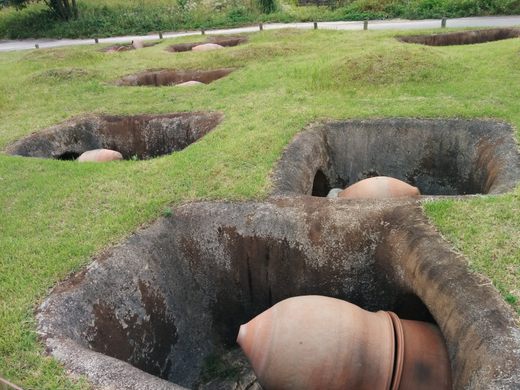




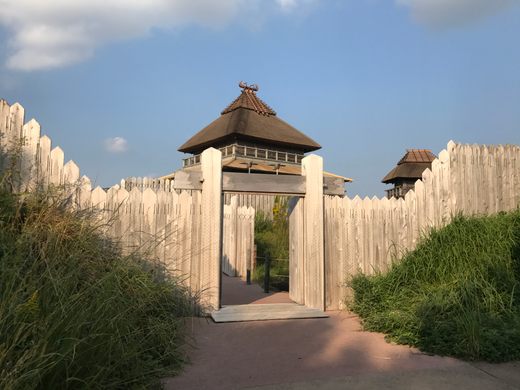
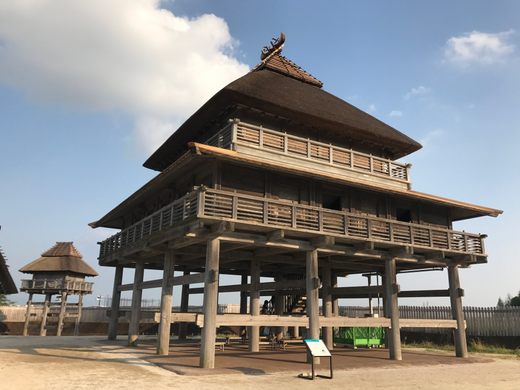
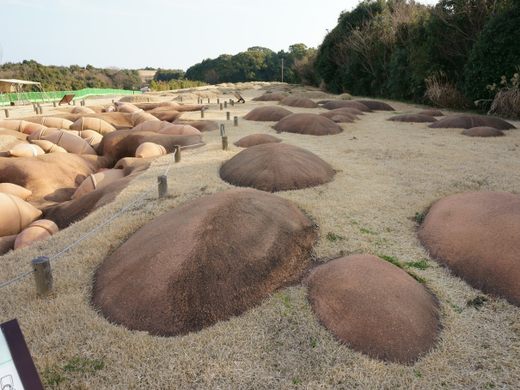
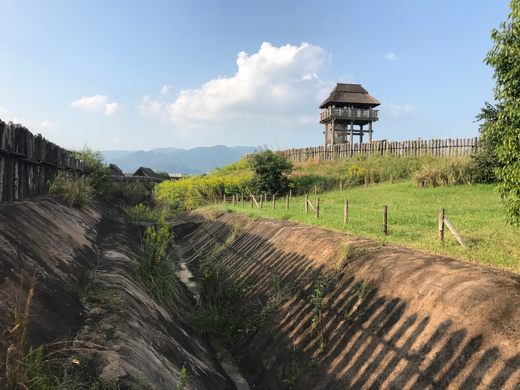

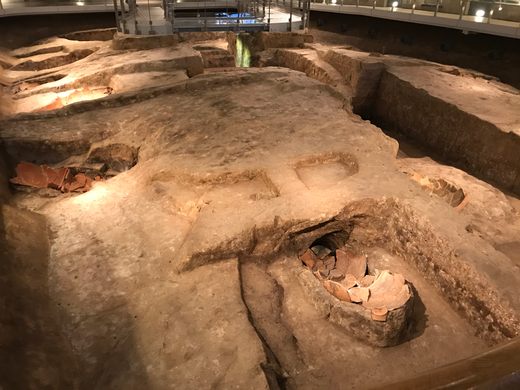




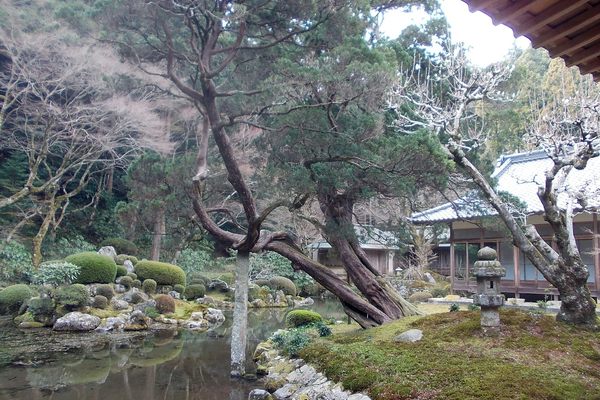
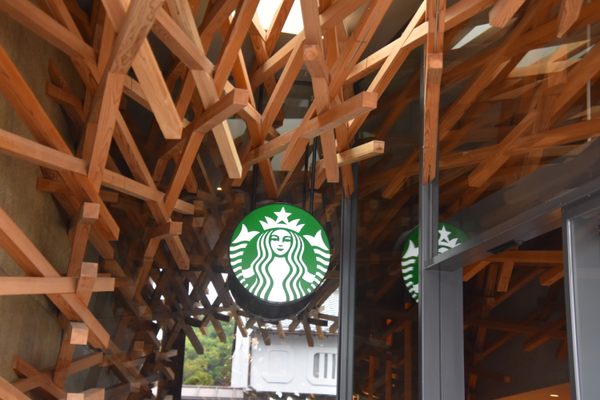
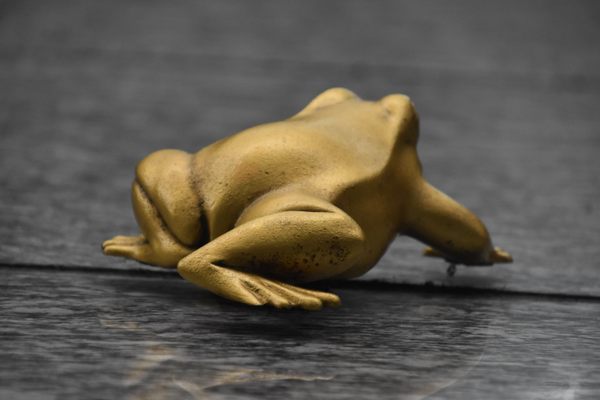
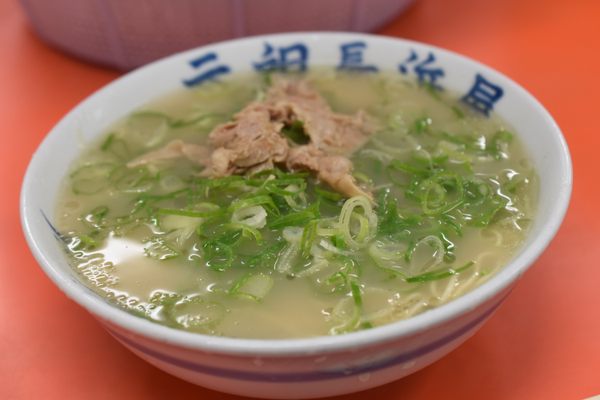
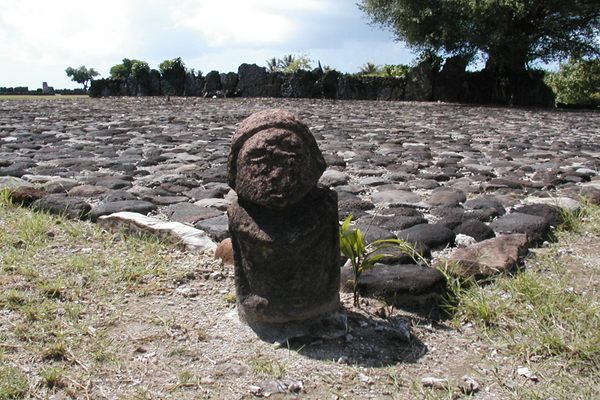


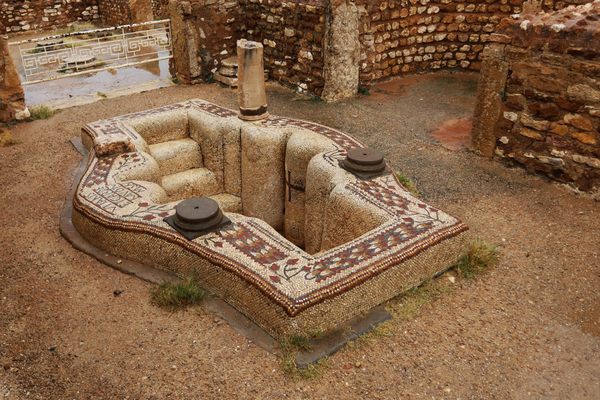

Follow us on Twitter to get the latest on the world's hidden wonders.
Like us on Facebook to get the latest on the world's hidden wonders.
Follow us on Twitter Like us on Facebook